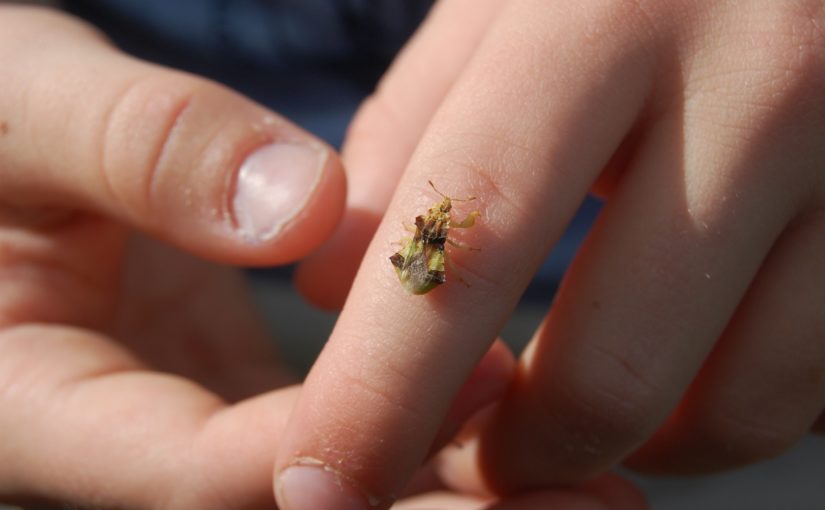Today’s post was written by Alida Lemieux, Discovery Program Coordinator at Ontario Parks.
Kids seem naturally drawn to bugs. Maybe it’s because bugs are small and easy to handle. Maybe it’s because they are plentiful and easy to find. It could be because they are beautiful, funny, strange or creepy!
Whatever the draw, bugs (used colloquially here to refer to insects and other arthropods like spiders, millipedes, etc.) are wonderful subjects for gentle play and close observation.
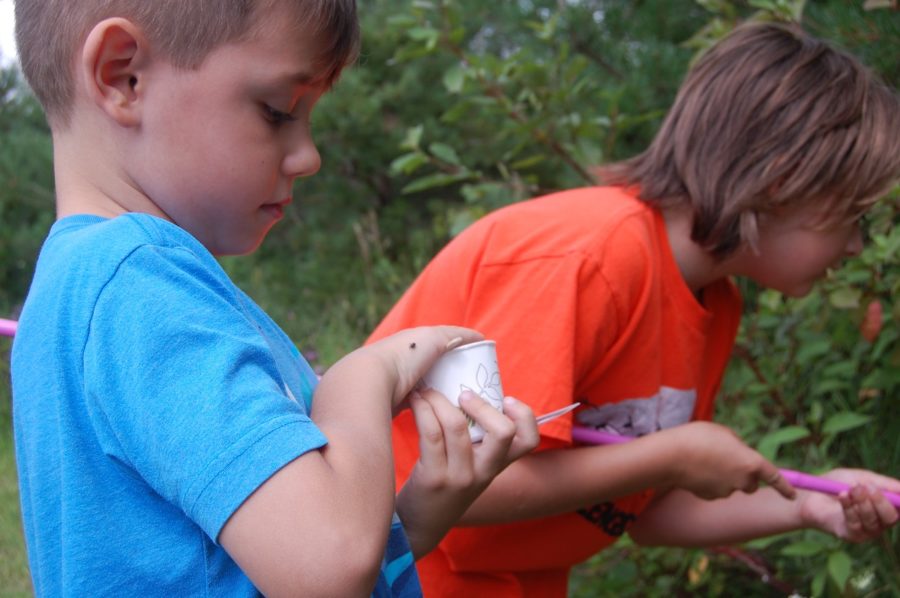
While there are occasions where adults should caution children on direct contact (e.g., Blacklegged Ticks, and bees/wasps, especially for those with a known allergy), most Ontario bugs are safe to handle. And in doing so, they can teach us valuable life lessons!
Bugs teach positive attitude and self-regulation
If bugs make you squeamish, try to temper your scream or squish response to them around children. Naturalist-educator, Joseph Cornell, wrote in his classic book Sharing Nature with Children, “Remember that your own enthusiasm is contagious, and that is perhaps your greatest asset as a teacher.”
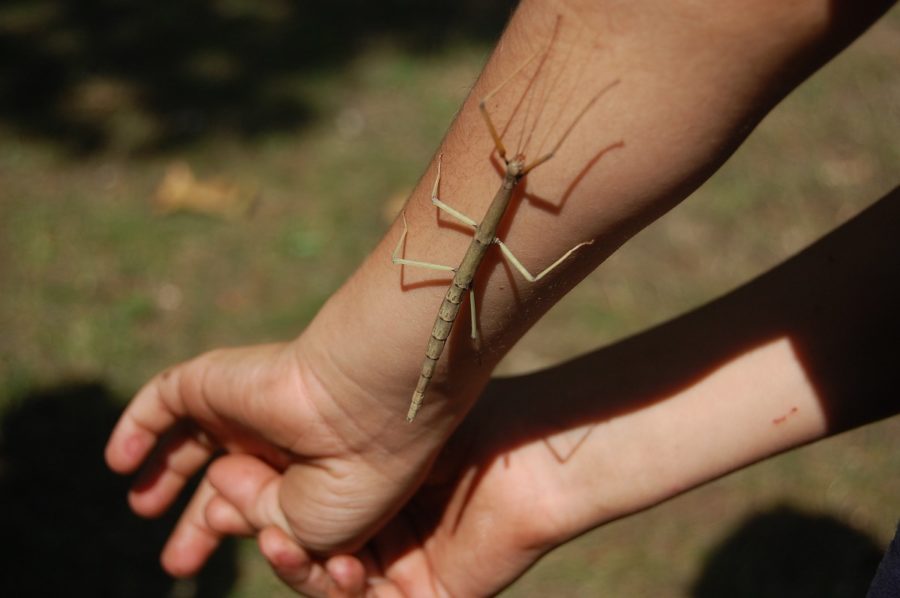
Likewise, your negative reactions towards a spider or bee can colour a young child’s impression of it. Challenge your family to adopt a catch-and-release policy for unwanted bug guests in your house!
Bugs teach respect
Perhaps because insects are small, plentiful, and often considered a nuisance, they don’t always receive the respect they deserve. Interacting with bugs is a great opportunity for children to learn to be gentle with them and appreciate their place in the world.
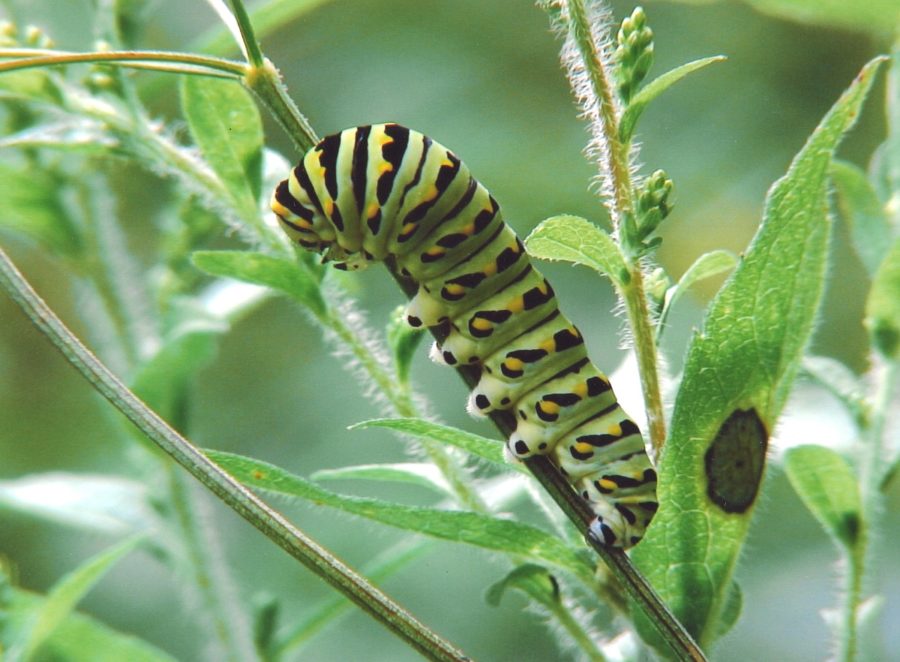
“When you follow an ant around for a while up close, even for a couple of minutes, it kind of makes you stop and think before you step on the next one you meet.”
Anna S., age 10 (Discovery participant)
Try letting a caterpillar crawl onto your hand rather than holding it with your fingers. Encourage children to return insects where they found them after play, and explain why, e.g., “We’d better let this guy get back to eating his favourite leaves so he can grow into a healthy butterfly!”
Bugs teach dexterity and focus
Whether wielding a butterfly net, scooping a beetle into a cup, or crawling after an ant to see where it goes, children can practice their fine motor skills and hone their powers of concentration while immersed in nature.
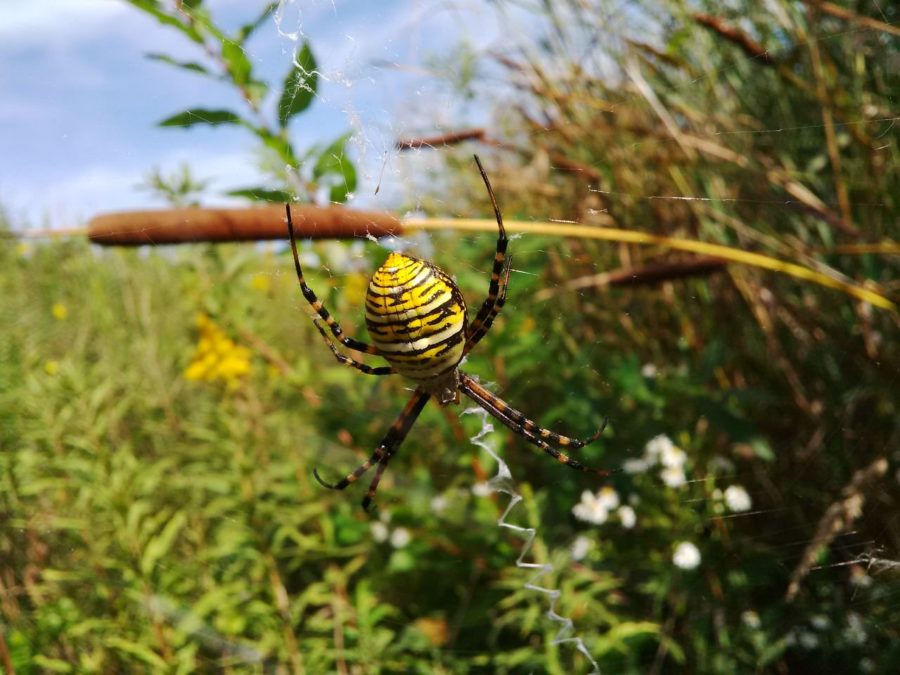
If you’re near a beach or sand dunes, watch for the funnel-shaped, one- or two-inch diameter sand pit traps of antlion larvae (doodlebugs)! Crouch down and carefully “tickle” the sides of the pit with a pine needle or blade of grass, causing a tiny sand-slide. The keeper of the trap may even surprise you by trying to catch your pine needle in its jaws. Warning: may induce squeals of delight in adults as well as children!
Bugs elicit wonder and curiosity
There are 10 quintillion insects on Earth! You can bet they’ve come up with an equally impressive variety of ways to survive through form, function and behaviour.

Look for strange egg cases, galls, chrysalises and cocoons on trees and other plants. Can you find a bug with giant jaws or a sucking straw? There are bugs that spin on top of water, bugs that blow bubbles out their bums, and bugs that glow in the dark!
Encourage children to ask what, why, and how, and to come up with their own theories. Sometimes you can find the answer by watching a little closer….
Provincial parks are protected areas, and some species may be species at risk. It is safe to handle most insects, however some, such as hairy caterpillars, may cause irritation. Please handle with care and return the insect back to where you found it.
